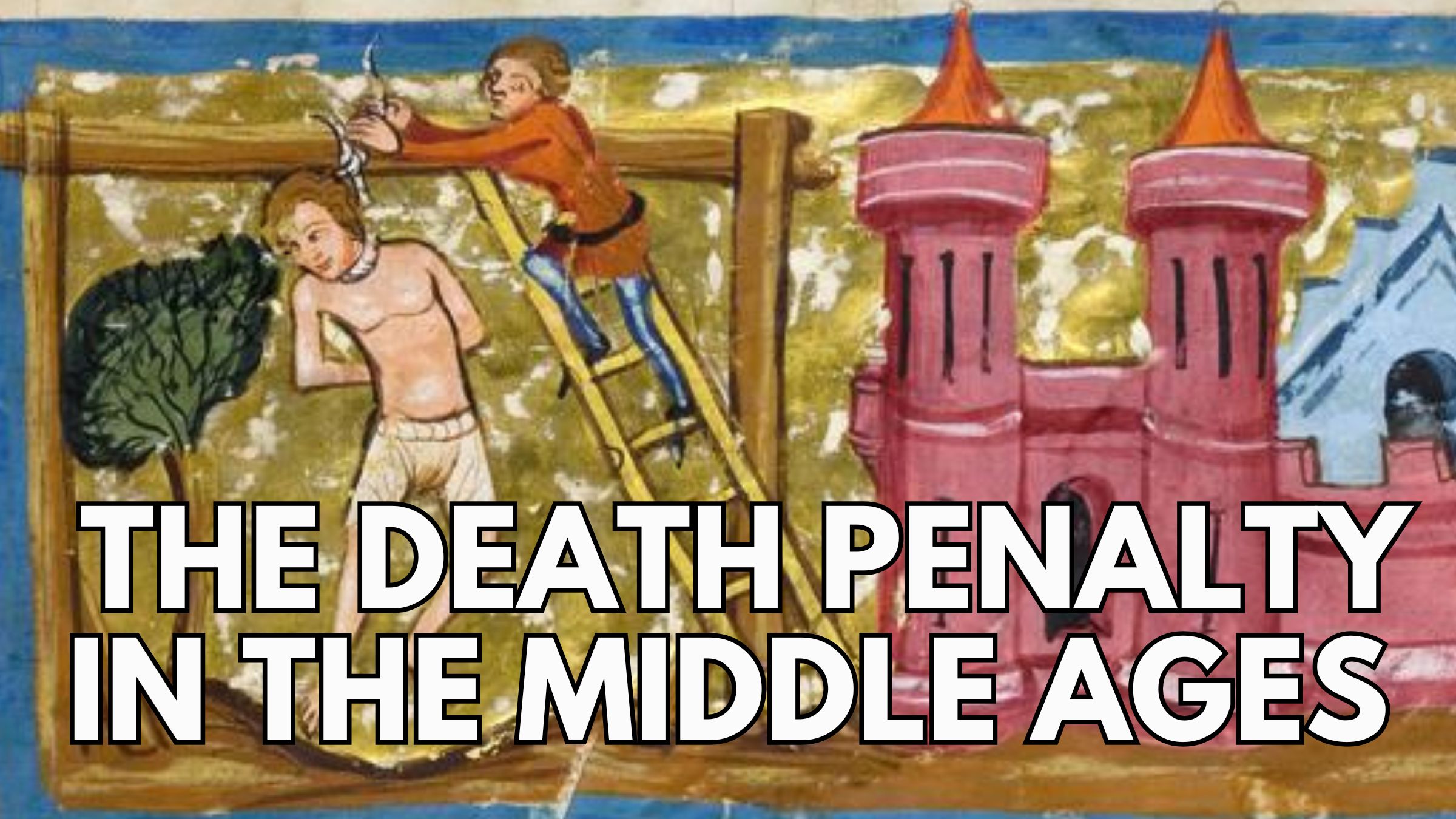
"Medieval justice is often imagined as brutal and unforgiving, yet the death penalty in the Middle Ages was far rarer than most people think. Across medieval Europe, courts turned to fines, banishment, and royal pardons long before execution became a symbolic last resort. The collective imagination has long associated medieval justice with scenes of cruelty, bodies on the scaffold, fires blazing in market squares, and the "brilliance of the torture" that Michel Foucault famously evoked in Surveiller et Punir."
"Foucault's vision was grounded in the punishment of crimes of lèse-majesté - treason, rebellion, and heresy - where execution served to magnify the power of the prince. The flaying of the regicide François Ravaillac in 1610, or the quartering of traitors under Louis XI in the 1470s, illustrates this theatrical display of state vengeance. Yet these were exceptional cases, reserved for those who directly challenged royal authority."
"During the reign of Louis XI (1461-1483), for instance, political executions did occur, notably that of Jacques d'Armagnac, Duke of Nemours, in 1477, who was accused of treason and beheaded in Paris. But such executions were reserved for the highest nobility and carefully staged as public affirmations of monarchical sovereignty. At the same time, other high-profile traitors, such as the Duke of Alençon, escaped death thanks to royal clemency in 1458, when Jean Juvénal des Ursins successfully urged Charles VII to pardon him."
Execution functioned as an exceptional, symbolic instrument of authority rather than a routine sanction across medieval Europe. Courts more frequently imposed fines, banishment, and royal pardons, reserving capital punishment principally for crimes against sovereign power such as treason, rebellion, and heresy. Political executions were theatrical events staged to affirm monarchical sovereignty and to magnify princely power, but they remained unusual and selective. High nobles faced death in prominent cases, yet royal clemency could and did spare prominent offenders. The overall pattern shows the death penalty invoked more in theory and spectacle than as an everyday tool of criminal justice.
Read at Medievalists.net
Unable to calculate read time
Collection
[
|
...
]